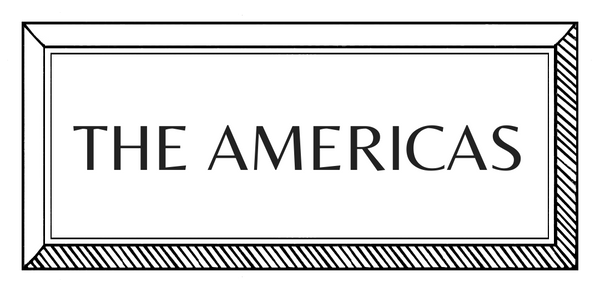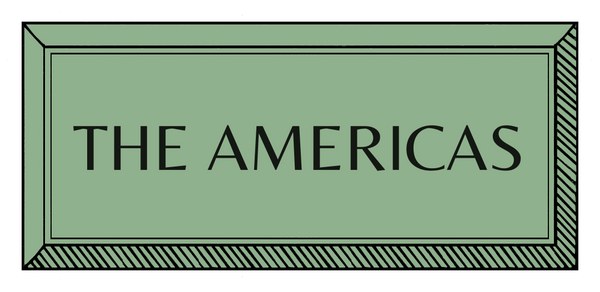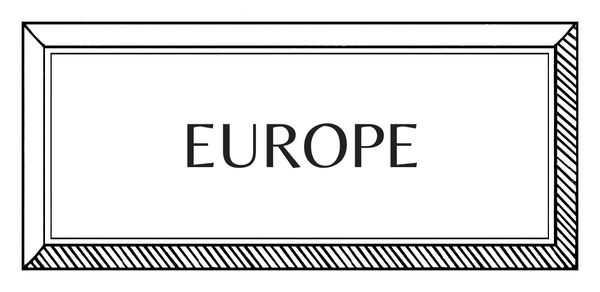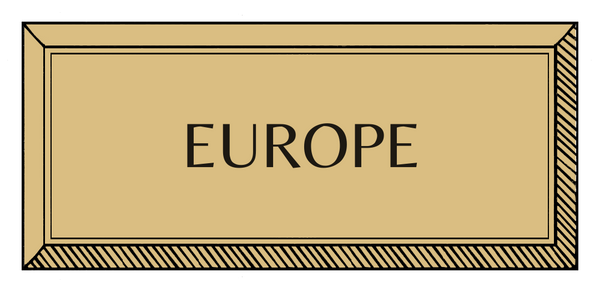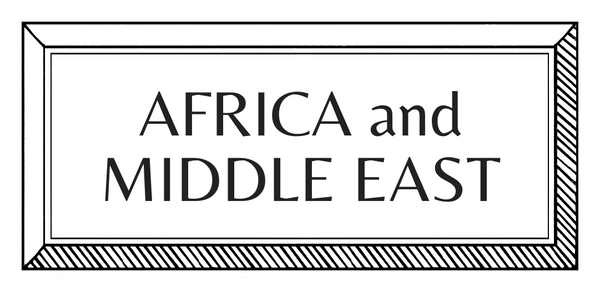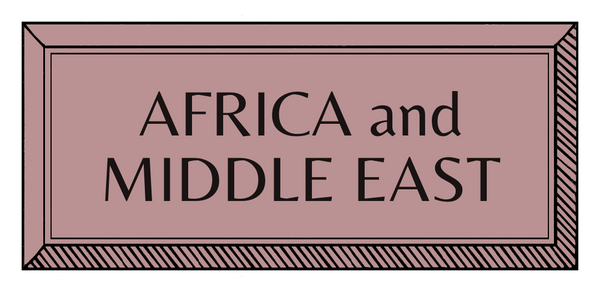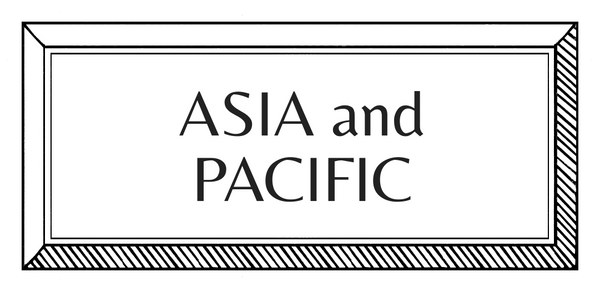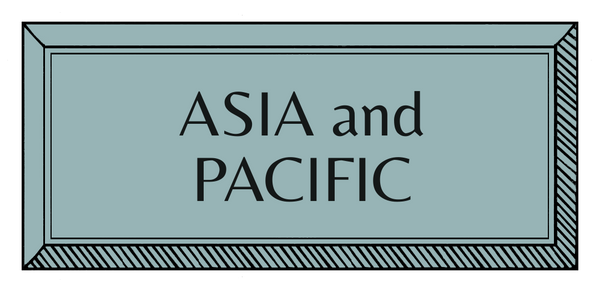CRAFT STORIES | THE AMERICAS | PERU | WEAVING
Peru's Woven Story

Rebeca Vaisman explores the millennia-long history and complex symbolism of Peruvian textiles, discovering an extraordinary museum in the Sacred Valley and beautiful, traditional weaves that bear little resemblance to the brightly-colored cloths found in Peru's tourist spots and artisan markets.
Peruvian textiles are magnificently complex. In Peru, there are probably as many weaver communities as there are rural and indigenous groups; where there is agriculture or pasturing, there is usually weaving. Each weave relates to a specific community and is an artistic expression of identity, with the significant differences and subtleties this involves. One could behold the Peruvian woven object as a map - swiping a hand across its texture, as if looking for clues - or, a historical document, where each thread is a strata of time, space and worldview.
Peruvian designer, Johana Sarmiento, and Italian photographer, Antonio Sorrentino, discovered the depth of Peru’s textile world when they moved from its capital, Lima, to The Sacred Valley in Cusco. Johana was already studying Pre-Hispanic weaves and was interested in visiting traditional weaver communities. Motivated by adventure, and the possibilities of the Andean landscape, the couple started a journey that took them to the high-mountains, and beyond. They discovered that, in Peru, the colors of a loom are not decided by the weaver, rather the palette is a communal construct that defines geographical location. With its unique color variations, a piece expresses where it was made, while the iconography on its surface, woven or embroidered, speaks of the weaver who made the piece, or its future use - functional or ceremonial.
Every piece had a practical reason or ancestral logic behind its creation and, notably, looked and felt very different from the colorful textiles commonly found in popular touristic spots or artisan markets in Cusco or Lima. "In these communities – 3600 to 5000 meters above sea level – we found a traditional art production that had nothing to do with the objects that, up until that point, we understood as Peruvian crafts, commonly sold in the cities."

What began as their own collection of handmade and plant tinted looms - as well as traditional garments, queros (ceremonial Inca cups), ceramic vases, musical instruments, traditional hats, and more - eventually turned into a life endeavor. Seven years ago, the pair founded the store, and now museum, Alqa. It began life as a shop (when their collection overtook their home) and evolved into a store-gallery, which allowed them to exhibit not-for-sale pieces alongside their stock. Finally, Alqa established itself as a Museum of Popular Andean Arts, with a restaurant and bar too - a gastronomic project that allows the pair to sustain Alqa without relying too heavily on their store.
Located in Ollantaytambo, a village in the heart of south Peru's Sacred Valley, and an Inca archaeological site, Alqa commissions traditionally-produced textiles, made only with natural materials and an authentic dialectic. Johana and Antonio’s primary concern is to help perpetuate the technique and tradition, and to give an economic alternative to weaver communities, without compromising the crucial elements that make the piece.
Currently, Alqa Musuem works with 50 communities from Cusco, Puno and the Central Andes, while its collection includes 112 traditional pieces, among other Peruvian artworks, and a curated library on Peruvian and Pre-Hispanic culture. Johana is the museum’s director, while Antonio runs Alqa's restaurant and bar; the pair are determined to establish a unique dynamic, departing from conventional cultural spaces.
In her seminal 1965 book, “On Weaving”, Anni Albers wrote a dedication to “my great teachers, the weavers of ancient Peru”. The Bauhaus artist’s interest in traditional Latin American craftsmanship and manufacture was several decades ahead of her time. In an interview, she referred to Peruvian weavers’ work as an “infinite fantasy”.
The techniques have an astounding Pre-Hispanic origin that has perpetuated due to its simplicity and perfection. There is the waist loom (a structure that uses the body to temper the weave) and the stake loom. Maria Elena del Solar, anthropologist, collector and scholar of the Peruvian weave, also speaks of a vertical loom that she has recently identified in the Northern highlands, and the Amazon.
“A textile that is produced for a ceremony can still have an authentic meaning for the community,” she says. “What gives [depth] and continuity to textiles is their function, and that function remains because it is necessary, whether it has a ceremonial or daily life character. If it is used by the community, it will keep on being produced. And yes, it is not the same production that is sold to a touristic market”.

Development programs often try to introduce contemporary economics to Peru’s artisan weavers which, though understandable, irremediably flattens production, says Del Solar. “By standardizing a textile to introduce it to the market, you put less intention into its weaving; textiles with a domestic dimension maintain their richness”.
For Soledad Mujica, one of the most knowledgeable academics in Peruvian popular expressions, traditional textiles remain authentic when they maintain their ancestral technology. “We keep making llicllas (shoulder blankets worn by women), ponchos, mantas and polleras (skirts), but we also make textiles that end up as table runners, cushions or bedspreads,” she observes. “New uses have been introduced, but pieces with a ritual sense preserve their ways.” Peru’s weavers can make both functional and decorative pieces using the same techniques and iconography, despite their different uses, she says. “They don’t oppose. And they certainly don’t lessen the value of the handmade, the natural tinted and the centuries-old expertise bound to a traditional textile.”
Throughout Peru’s history, textile has been the great traditional language, transversal throughout the territory. “We have weaved in all of Peru and we keep on weaving”, says Mujica. “Historically, we are a textile nation”. As such, each weave tells its tale and summons the listener into its intricate, carefully woven world.
Words by Rebeca Vaisman
Images from Antonio Sorrentino












